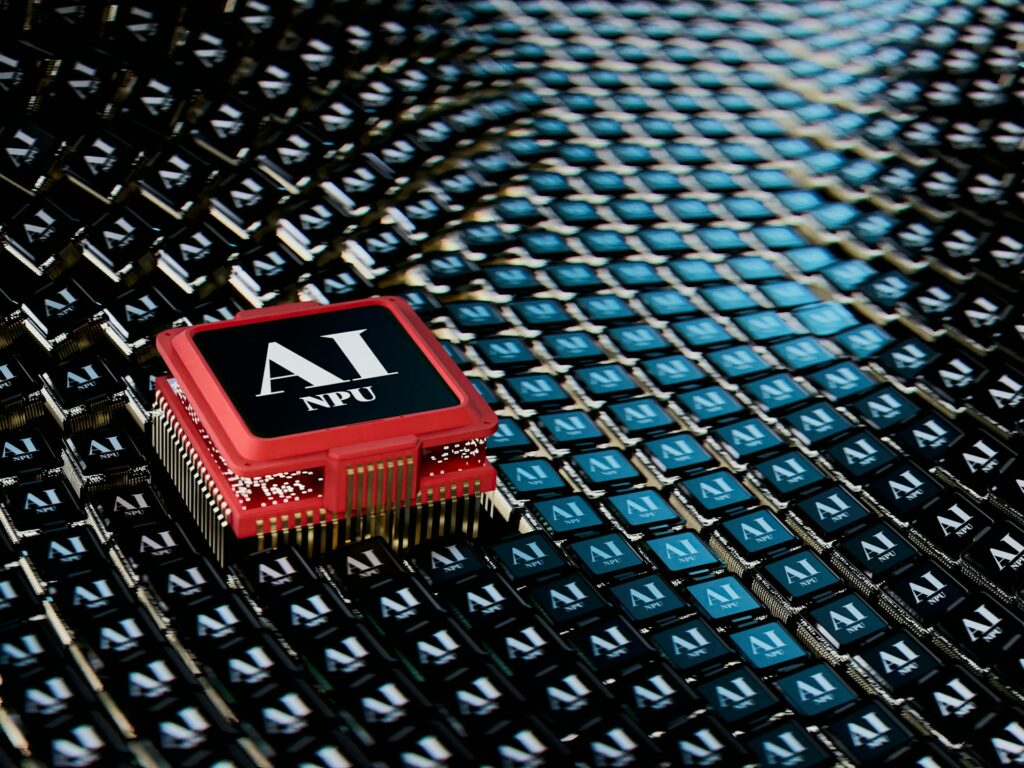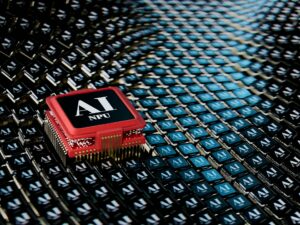Edge computing’s prospects in a world driven by artificial intelligence

Edge computing’s prospects in a world driven by artificial intelligence
The need for data processing that is both quicker and more localized has become an absolute necessity as the application of artificial intelligence continues to spread across all sectors of the economy. Edge computing is a game-changing technology that is aimed to bring computation closer to the location where data is generated. Through the use of edge computing, processing duties are dispersed among a network of local devices, sensors, and micro data centers. This is in contrast to the traditional method of relying primarily on remote cloud servers. Edge computing is becoming more recognized as the unseen infrastructure that enables real-time intelligence, automation, and linked experiences in a world driven by artificial intelligence (AI) and where milliseconds are of critical importance.
1. What exactly is edge computing, and why is it so important?
Decentralized computing, also known as edge computing, is a type of computing in which data processing takes place close to the source of the data rather than in a cloud that is centralized. The result is a decrease in latency, an improvement in responsiveness, and the ability for computers to make judgments nearly instantly through this. Edge computing becomes the backbone of performance and dependability in an environment driven by artificial intelligence (AI), especially in situations where autonomous vehicles, drones, and wearable gadgets are required to evaluate enormous data streams in real time. The gap between physical devices and cloud intelligence is bridged by it, which enables artificial intelligence to work effectively at scale.
2. A Transition from an Architecture Focused on the Cloud to One That Is Edge-First
Despite the fact that cloud computing is still indispensable for the storage and analysis of massive amounts of data, the exponential proliferation of connected devices has brought to light the limitations of this technology. The transmission of each and every piece of data to remote computers results in bottlenecks, increased energy costs, and concerns over data security. Using edge computing, vital information is processed locally, and only relevant data is sent to the cloud. This is how edge computing addresses this issue. This hybrid strategy will result in an infrastructure that is both more efficient and more resilient. The edge will be responsible for making decisions in real time, while the cloud will be in charge of managing long-term analysis and coordination.
3. Artificial Intelligence at the Periphery: Intelligence on Demand
The use of data is essential to the development of artificial intelligence; yet, in order for AI models to be useful in real-world circumstances, they must be able to operate autonomously and quickly. With the help of edge artificial intelligence, equipment like autonomous vehicles, security cameras, and smart appliances are able to make choices locally, even when they are not connected to the internet. By executing artificial intelligence algorithms directly on edge hardware, utilizing specialized chips such as neural processing units (NPUs) and tetrahedral processing units (TPUs), systems are able to recognize objects, understand speech, or detect anomalies with nearly zero latency. The advancement of artificial intelligence makes it possible for it to function wherever it is required, from isolated oil rigs to urban traffic systems.
4. Computing at the edge of the network and the Internet of Things (IoT)
Both opportunities and challenges have arisen for data management as a result of the proliferation of Internet of Things devices. When billions of sensors and equipment are used, enormous amounts of data are produced, which cannot be sent to the cloud for processing because it would be impractical. The solution is provided by edge computing, which functions as a clever middleman that filters, compresses, and analyzes data in real time. It is possible for traffic lights, environmental monitors, and surveillance networks to work together at the edge of smart cities in order to minimize congestion, increase safety, and conserve energy without constantly communicating with the cloud.
5. Improving the Level of Privacy and Security at the Periphery
Increasingly personal and disseminated data raises issues about individuals’ right to privacy. By storing sensitive information in a location that is physically closer to its origin, edge computing helps to mitigate several of these dangers. Local processing and anonymization of data can be performed on industrial sensors, medical equipment, and financial systems before it is transmitted, thereby reducing the likelihood of being exposed to cyber threats. In addition, cybersecurity solutions that are powered by artificial intelligence can be deployed at the network’s edge to detect breaches or suspicious behavior in real time, thereby making networks more adaptable and secure in real time.
6. The Importance of 5G and Beyond
The introduction of 5G and eventual 6G networks is allowing edge computing to reach its full potential and harness its inherent benefits. The ultra-low latency and high bandwidth of these networks make it possible for devices to communicate with one another in a seamless manner. This opens the door for real-time applications: autonomous fleets, augmented reality and virtual reality experiences, and remote surgeries. By transforming edge nodes into intelligent hubs that are capable of interacting with artificial intelligence systems in a nearly instantaneous manner, 5G facilitates the beginning of a digital ecosystem that is globally connected and powered by the edge.
7. Applications in industrial settings, ranging from healthcare to manufacturing
Computing at the edge is altering businesses that are dependent on speed, precision, and reliability simultaneously. It makes it possible to perform predictive maintenance in the industrial industry by evaluating sensor data locally in order to identify potential equipment failures before they occur. Wearable technology and hospital systems are able to monitor the vital signs of patients in real time, which enables quick medical attention to be administered in the event that it is required. Artificial intelligence that is built on the edge is utilized by logistics organizations for the purpose of optimizing routes and tracking inventories, while energy grids utilize it to dynamically balance supply and demand.
8. A Distributed and Intelligent Infrastructure: The Foundation of the Future
The future of computing will not be defined solely by the power that is centralized in the cloud; rather, it will be defined by a network of intelligent edges that are interconnected. Every single device, from automobiles to home appliances, will have a part to play in the processing of global data as artificial intelligence models grow more lightweight and hardware gets more efficient. This decentralized architecture will result in the creation of a network of localized intelligence that is more sensitive to human requirements, as well as faster and safer. In essence, edge computing will serve as the digital nervous system of the planet driven by artificial intelligence, making it possible to gain real-time insights and take autonomous action at scales that have never been seen before.
For the record:
Computing at the edge of the network is the next frontier in the era of digital transformation. It improves speed, security, and scalability across sectors by bringing artificial intelligence computation such that it is closer to the location where data is created. As 5G and artificial intelligence continue to merge in the years to come, edge computing will no longer be a supporting technology; rather, it will be the infrastructure upon which intelligent connectivity is built. The future of artificial intelligence will not be confined to the cloud; rather, it will flourish at the edge, providing the power for the next generation of intelligent, autonomous, and responsive systems all around the planet.




